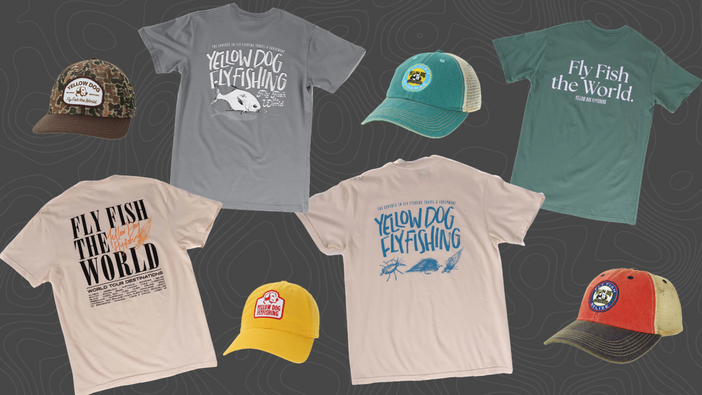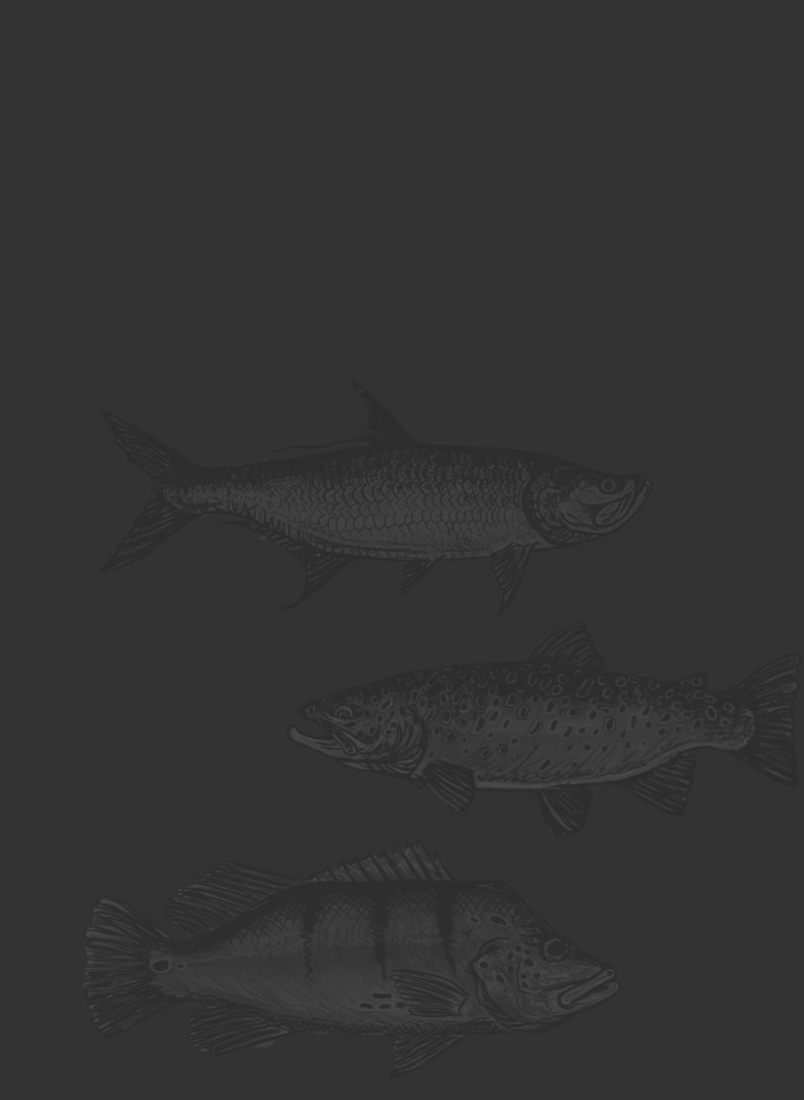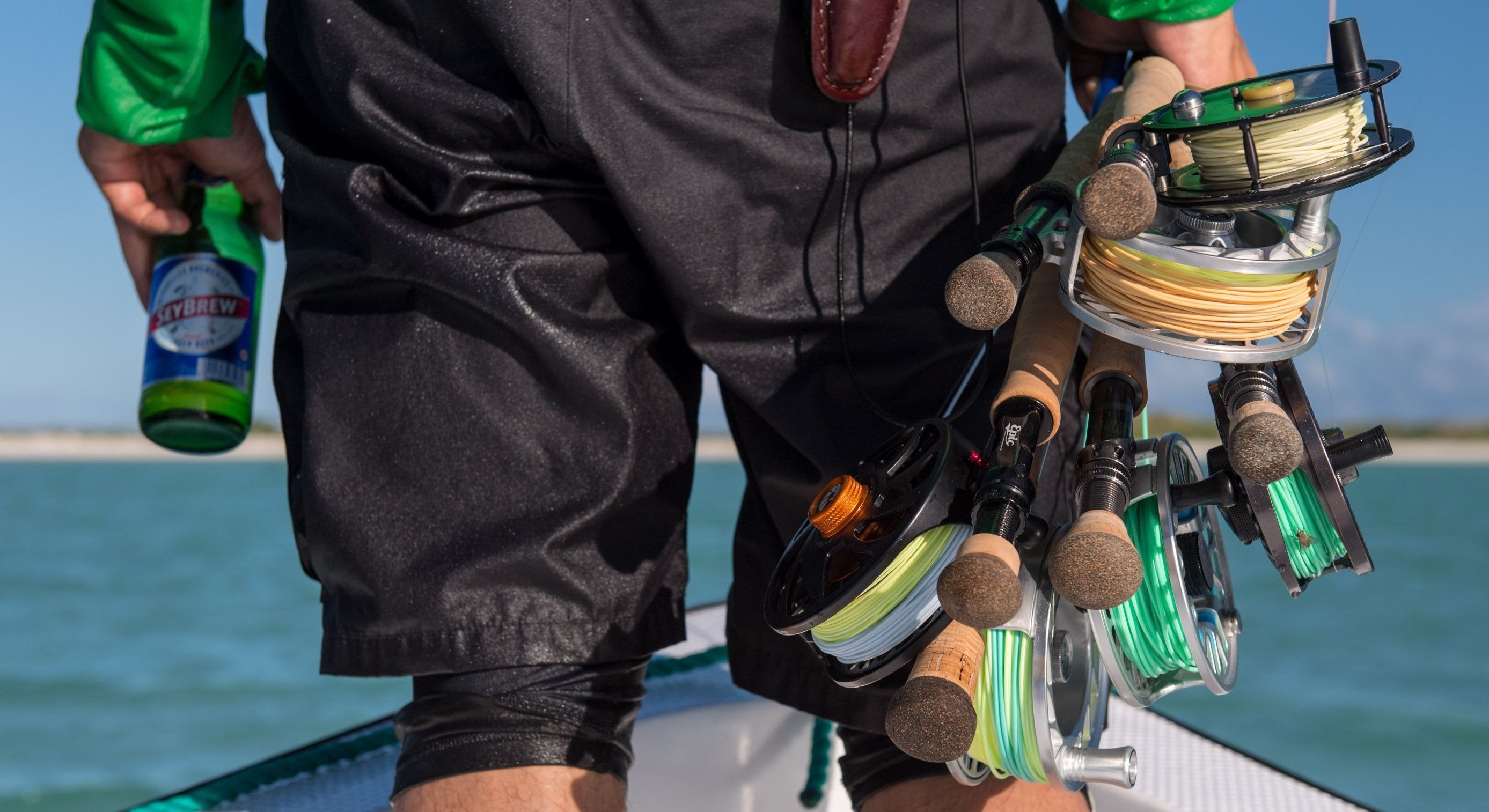Fly fishing for trout is steeped with many traditions. One of these is convincing a trout to rise to a dry fly. Many anglers fell in love with trout fishing by casting small dry flies on a remote mountain stream. As our skills improved our desire for more challenging fishing grew. From a six-inch Brook trout on a size 10 Royal Wulff to a 20-inch trico-sipping wild rainbow, fly fishing for trout is anything but ordinary.
Enter in Yellow Dog's John Hudgens. John, or "Hudge," as most of his friends call him, is a twenty-year veteran guide throughout Montana and Idaho. Hudge has seen thousands of trout feed on a variety of hatching insects. Pursuing these "selective trout" is his passion and has led him to numerous destinations in the US West, Patagonia, and New Zealand, seeking challenging fly fishing situations.
In his own words, Hudge tells us how to catch more of these elusive trout.
I’ve been a guide on the Railroad Ranch section of the Henry’s Fork River for over twenty years. This is a famous river known worldwide because anglers who fish it, often need to bring their “A-Game.” This fishery almost always demands perfect presentations, long leaders, light tippets, and exact fly patterns. And while Henry’s Fork is known for having some of most selective trout around, it is by no means the only place where tough, trophy and picky trout are found. Lessons learned on Henry's Fork can be applied to almost any other piece of trout water in the world.

Trout are spooky by nature, constantly aware of their surroundings and all potential threats, especially when they rise in clear, shallow waters. When you find a rising fish in these situations, it takes the right cast, the perfect drift made on the first presentation, to actually “feed” that fish. Getting them to “eat” is the real accomplishment; landing the fish actually becomes a bonus. Here are seven things to keep in mind to catch more of these fish.
1) Get into position. Once you’ve located the fish you want to catch, you need to get into position. Check out the surroundings, and think about the best casting angle to achieve a drag-free presentation. While making your stalk, be extra stealthy. Don’t create ripples and stay low and avoid profiling your body. Work on getting as close as you can without spooking the fish. Your cast needs to be perfect, so don’t set yourself up for a long shot if it’s not necessary.
2) Select the right fly. When pondering the right fly, watch the fish feed. They will give themselves away by their body posture and rise forms, allowing you to decipher whether they feed on emergers, duns or spinners. Of course, when you finally do figure it out, they may have already switched to something else – a common trait of truly selective trout. They will keep you guessing on complex hatches with all the different stages of bugs to choose from.
3) Get it right the first time. Timing is everything when trying to feed a selective trout, much like trying to talk to the one girl that happens to be in the bar in Last Chance, Idaho on a Friday night (You can figure out for yourself why many of the locals call it “No Chance”), you have to get it right the first time or they’re gone. Be patient and look for a “happy” fish; one that is active and looking to feed. Wait for the moment that it eats a natural and is looking for another, and then take your shot.
4) Cast at just the right moment. Often times they will let quite a bit of food drift before eating, falling in and out of what we call feeding rhythms. Avoid casting when they are down; instead, study the feeding rhythms and wait for that fish to start actively feeding again. The first shot at a wise, selective fish is easily the most important cast of all. If the fly drags unnaturally, or you “line” the fish by throwing a shadow, it’s probably time to start looking for a new target because the fish is on to you.
5) Take a time out if you must. If you miss the first cast and the fish spooks, you’ll notice an immediate change of behavior, and many times the fish will simply disappear. When this happens, move on or at the very least give yourself a “time out.” Take a break, maybe change your fly pattern, and give the fish some time to forget what you just did.

6) Presentation. above everything else, rules the roost. I once heard a client ask his guide, “What are those guys getting’ ‘em on?” The guide replied, “a drag-free drift." Presentation is the most important step of all. You are trying to present a drag-free drift, which means your fly drifts exactly like the naturals. There are many ways to achieve a drag-free drift, such as a down and across reach cast, straight down bounce cast, straight over the top, or by throwing an early mend in the drift. I prefer to present the fly down and across whenever possible by making a reach cast to get the fly to float first, the leader upstream of the fly, and thus the fish.
7) Un-matching the hatch. If you’re on the water during a “blanket” hatch such PMD’s on the Henry’s Fork or tricos on the Missouri River, you will find yourself in a situation where the fish have a lot of food to choose from. If you simply cannot figure it out and are about to walk away, try something like a large ant, foam beetle, or anything else you think they’ll eat. Un-matching the hatch takes creativity, and something that worked once may not work for you again. Mix up your patterns, show the fish something totally different, and you never know what can happen!
Want to learn more ways how to improve your game? Listen to this WAYPOINTS Podcast: John Hudgens: How to Up Your Game and Improve Your On Water Skills for Destination Angling
Related Articles:
- A Guide to Midge Flies for Trout
- How to Choose the Best Dry Fly Patterns
- Fly Fishing Through Spring Run-Off
- Streamer Fishing: What, When, and Where






























